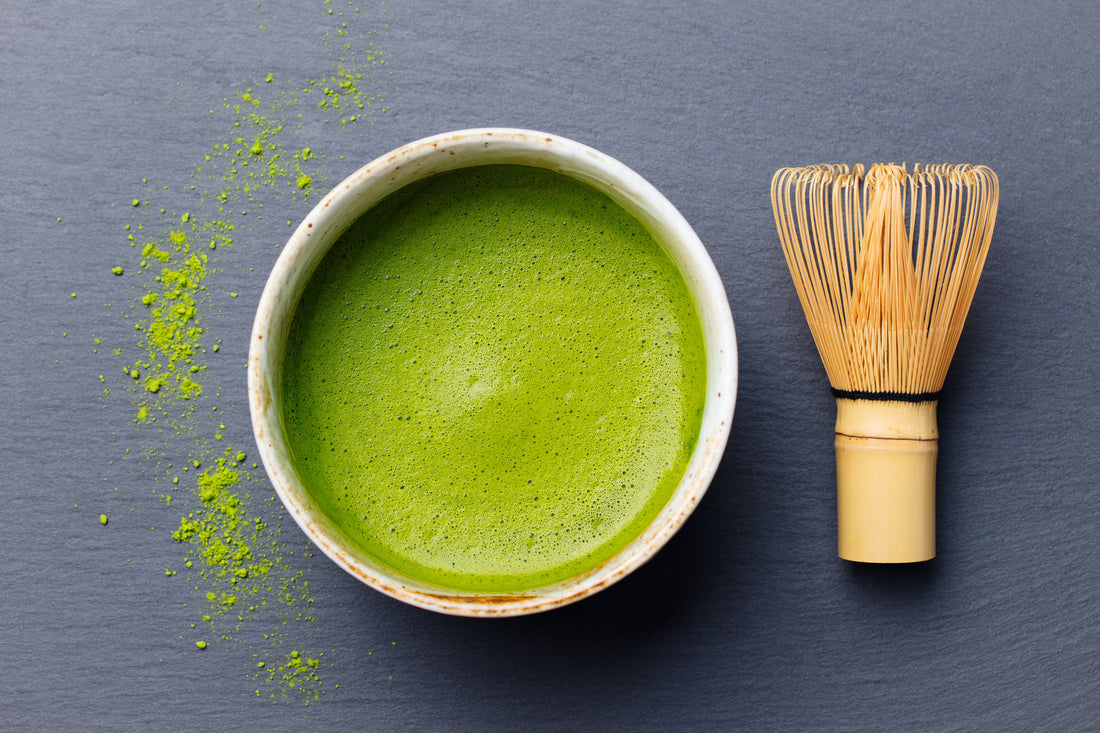When browsing the growing selection of matcha available on the market, it’s easy to become confused by the wide range of prices. Some matcha powders are quite expensive, while others are much cheaper. But what really accounts for these price differences? While there is a general belief that “expensive” matcha must be better, the reality is more nuanced. Both high-end and budget matcha have their own merits, depending on how you plan to use them and what you’re looking for in your tea.
1. Growing Conditions and Shading
The environment in which matcha is grown plays a significant role in its final flavor and quality, regardless of price. Higher-priced matcha typically comes from tea leaves that have been shaded for several weeks before harvest. This shading increases the chlorophyll and amino acid content in the leaves, giving matcha its signature vibrant green color and a smoother, umami-rich flavor.
In contrast, less expensive matcha may come from leaves that have been shaded for a shorter period or not at all. This results in a lighter color and a more vegetal or bitter taste. However, some tea drinkers may enjoy the stronger, more robust flavors that come with lightly shaded or unshaded matcha.
2. Harvest Time

Another factor that influences matcha’s price is the timing of the harvest. Expensive matcha is often made from the first harvest (first flush) of the year. These tender young leaves contain a higher concentration of nutrients and have a naturally sweet, smooth flavor. This makes first-flush matcha ideal for enjoying on its own or in traditional tea ceremonies.
On the other hand, cheaper matcha may come from second or third harvests, where the leaves are more mature and produce a stronger, sometimes more bitter flavor. While second-harvest matcha may lack the delicate sweetness of first flush, it can be a better choice for culinary uses or matcha lattes, where the more intense flavor holds up well when combined with other ingredients.
3. Processing Techniques
Processing methods vary between expensive and cheaper matcha, impacting texture and flavor. Premium matcha is carefully processed by removing stems and veins from the leaves before they are ground into powder, leaving only the softest parts. This results in a silky, fine powder that easily dissolves in water.
Less expensive matcha may not undergo such meticulous processing. It might contain stems and veins, which make the powder coarser and can contribute to a grittier texture. However, if you’re using matcha for baking or smoothies, this textural difference may be less noticeable.
4. Storage and Freshness
Matcha’s freshness also plays a role in its quality. Expensive matcha is often stored in airtight containers that protect it from light and air, which helps preserve its vibrant green color and delicate flavor. High-quality matcha is more likely to be packaged in small quantities to ensure freshness.
Cheaper matcha may not be stored with the same level of care, potentially leading to oxidation that dulls the color and alters the flavor. However, if you plan to use matcha quickly, this may not be a major concern, especially if you’re using it in recipes where color and taste are less critical.
5. Taste Differences

One of the most noticeable differences between expensive and cheaper matcha is taste. Expensive matcha tends to have a more balanced flavor profile, offering a mix of sweetness, umami, and just a hint of bitterness. It’s often described as smooth and creamy on the palate, making it ideal for drinking on its own.
Cheaper matcha, while often more bitter, can still have its place. Some people enjoy its stronger, more astringent flavor, especially when used in matcha lattes or desserts where other ingredients can balance the bitterness. Ultimately, personal preference plays a huge role here — some may prefer the delicate flavors of premium matcha, while others enjoy the bolder taste of a cheaper alternative.
6. The Myth of the Grading System
In recent years, many matcha brands have adopted a “grading system” — terms like ceremonial grade or culinary grade — to differentiate between qualities of matcha. However, it’s important to note that this system is not officially recognized in Japan. In fact, there is no regulated grading system in Japan for matcha. The terms are largely used for marketing outside of Japan and can sometimes be misleading.
Instead of relying solely on grade labels, consumers should focus on the origin of the matcha, the harvest season, and other factors like color and texture when deciding which matcha to buy. These elements provide a more accurate reflection of the matcha’s quality than arbitrary grades.
7. Different Matcha for Different Uses

Whether you choose an expensive or more affordable matcha often depends on how you plan to use it. Expensive matcha, with its vibrant color and balanced flavor, is perfect for traditional tea ceremonies or when you want to savor the tea on its own. On the other hand, cheaper matcha is great for lattes, baking, or smoothies, where the stronger flavors can add depth to recipes without being overpowering.
Both types of matcha have their place in your kitchen, and neither is inherently "better" — it all depends on your preference and usage.
Conclusion: It’s All About Balance
When comparing expensive and cheap matcha, there are clear differences in growing methods, harvest timing, processing, and taste. However, both types of matcha offer their own unique benefits. Expensive matcha provides a smoother, more refined experience, while cheaper matcha offers bold flavors and versatility in recipes. Ultimately, your choice should come down to what you value most in your matcha and how you plan to enjoy it.

